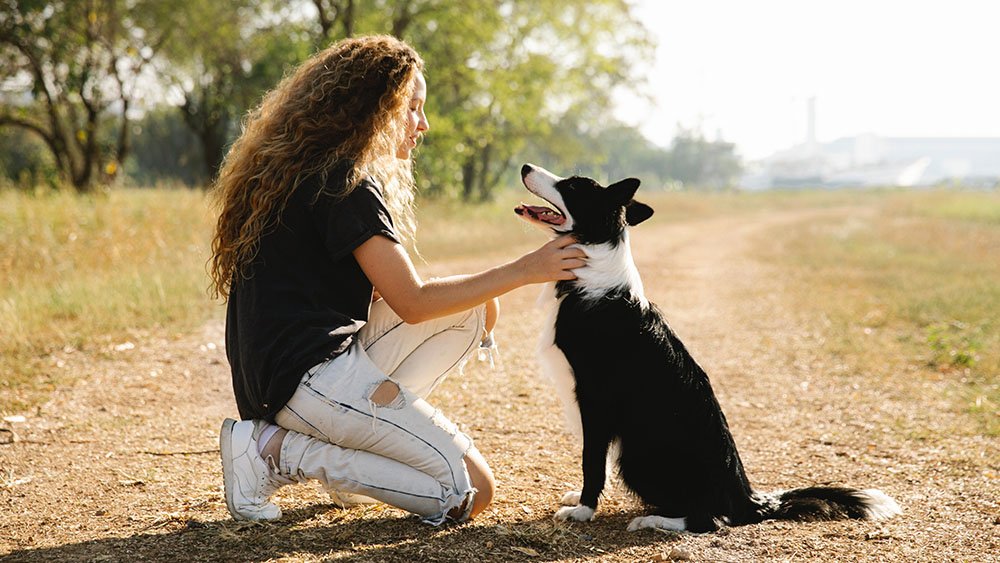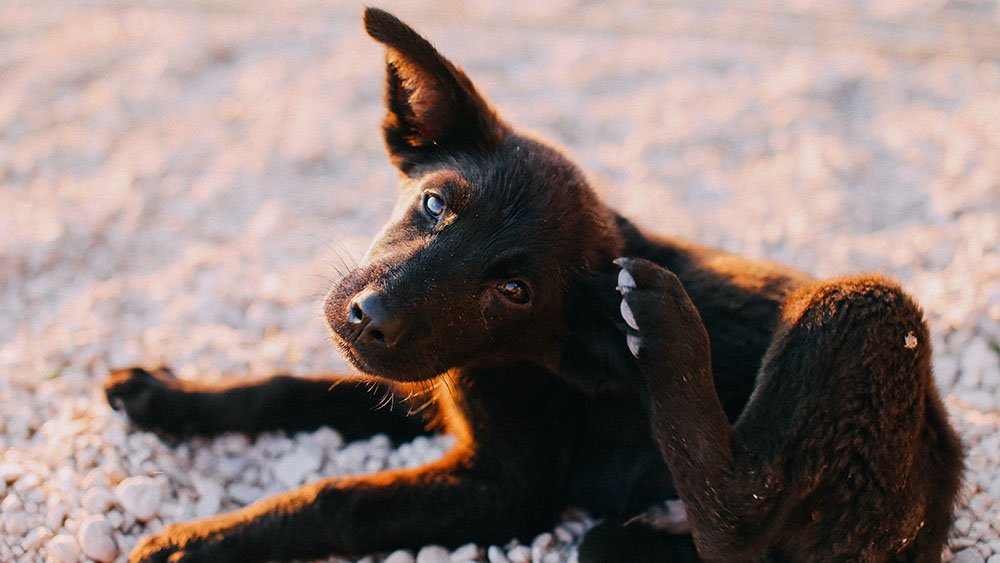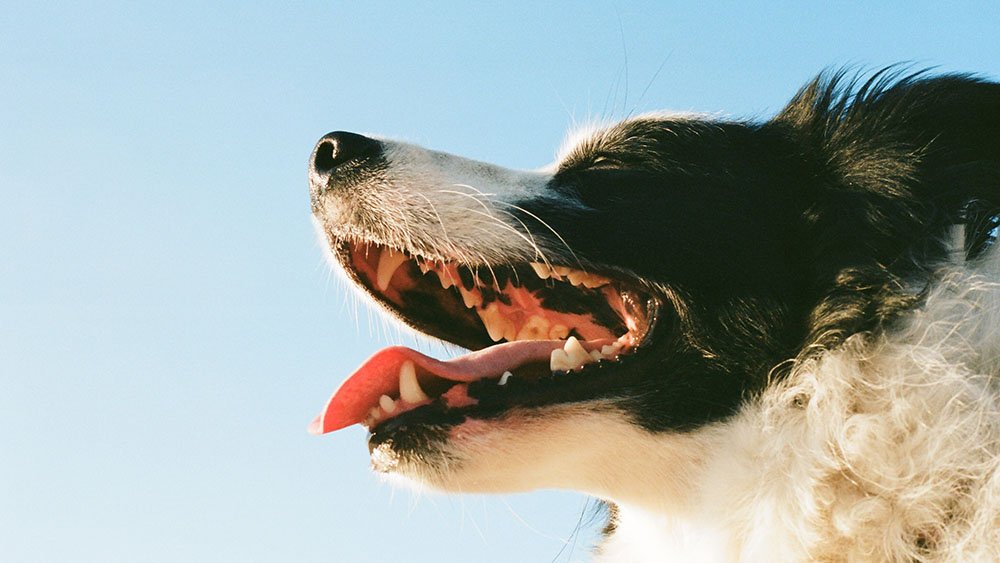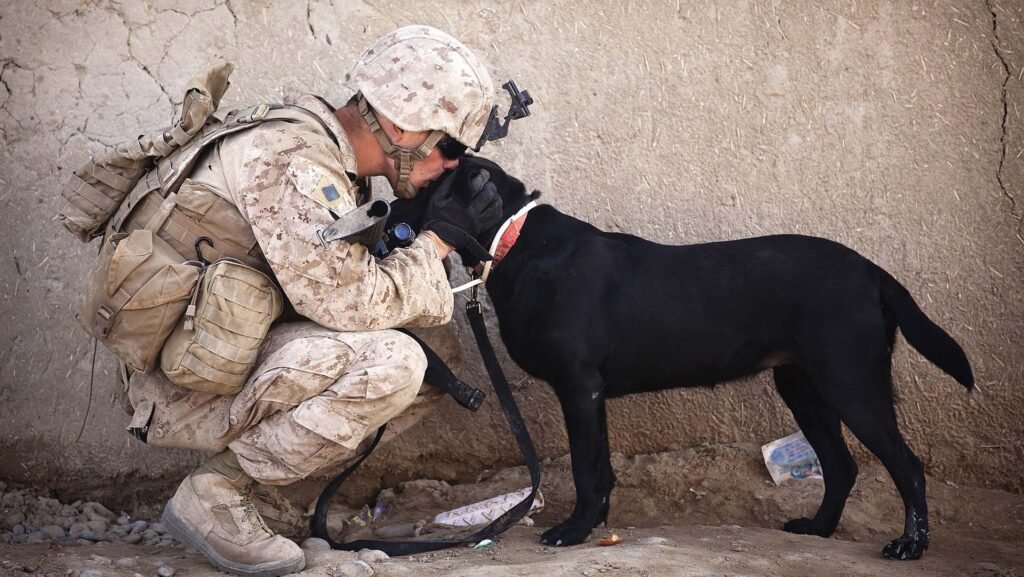
Dogs are social animals and as such, their lifespan depends on the kind of life they lead. Dogs who live in a loving home with regular exercise and interaction with other animals have a lifespan of 10-12 years, while dogs who are kept in cages all their lives or used for breeding have a lifespan of 6-8 years. However, some breeds of dogs can live up to 15 or even 17 years. The average lifespan for a male dog is about six to seven years and for a female, it’s about five to six years. Some factors that can affect a dog’s lifespan are genetics, health conditions and lifestyle choices.
As your dog ages, you may notice subtle changes in behavior or physical appearance. It’s important to understand what to expect as your dog grows older so you can provide the best possible care for them.
What To Expect As Your Dog Ages
As your dog ages, you may notice some changes in their appearance and behavior. Here is a list of things to expect as your dog enters their golden years.
- Your dog’s coat may thin and become less shiny.
- Their muzzle may start to gray, and they may lose some teeth.
- They may become more arthritic and suffer from joint pain.
- They may have difficulty breathing and may begin to wheeze. They will be more sensitive to the cold, and their ears will begin to lose some of their hearing.
- They may also develop cognitive dysfunction, which can cause them to become confused or forgetful.
- Your dog may also become more sensitive to pain, which can make them uncomfortable. Their hearing may decline with age, and they may develop cataracts or other eye problems.
In addition, your dog’s metabolism will slow down and they will require fewer calories. However, with proper care, your elderly dog can still live a full and happy life.

Stages of A Dog’s Life
Puppyhood: 0-1 years old
In the first phase of their life, puppies are highly impressionable and need to be taught how to behave appropriately. In the first year of a puppy’s life, they are constantly growing and learning. From the time they are born until they are about one year old, puppies are in a stage of rapid development. They learn how to interact with other animals and humans, and start to develop their personality. Puppyhood is an important time for puppies to form strong attachments to their human family, so they can grow up to be well-adjusted dogs.
It’s very important during this time that they have a stable and loving home environment in order to develop into well-adjusted adult dogs. As they grow and learn, puppies will start to explore their surroundings and interact with other animals and people. This is an essential process that helps them develop social skills.
Dog Adolescence: 1-3 years old
Dogs experience adolescence between the ages of 1 and 3 years old. 1-3 years old In the second year of a puppy’s life, they are still growing, but also learning how to be a dog. They are learning how to be a member of their family and how to interact with other dogs.
This time is marked by big changes in their physical and emotional development. During adolescence, dogs are growing rapidly and their brains are developing. They are also starting to learn how to interact with people and other dogs. As a result, this can be a challenging time for dogs and their owners. Owners need to be patient and understanding as their dog goes through these changes.

Adult Dog: 3-7 years old
The average lifespan of an adult dog is 10-12 years. However, the life expectancy of a dog 3-7 years old is much different. These dogs are in the prime of their life, and are full of energy. They are playful and enjoy being around people and other animals. Puppy 6-9 months old Puppies are full of energy and love. They need lots of exercise, attention, and play. Since they are young, puppies can become destructive if they do not get enough exercise.
Although they may have some health problems like any other dog, these issues are usually minor and can be easily treated. Puppy 6-9 months old Puppies are typically very energetic, playful and have a strong desire to please their owner. They don’t typically show signs of illness until after the first year of age.
Senior Citizen: 7+ years old
In general, dogs reach their senior years around age 7-10. During this time, they may start to slow down and their energy level may decrease. You may also notice that they are less active and have a harder time getting up and moving around. Generally, dogs in their senior years require less exercise but still need regular walks and playtime to keep them healthy and mentally stimulated. Mixed-breed Dogs Mixed breed dogs are typically very energetic, playful and have a strong desire to please their owner. They don’t typically show signs of illness until after the first year of age.

Conclusion
There is no one answer to the question of how long a dog will live, as each pet is unique and each has its own set of health and lifestyle needs. However, on average, a healthy dog will live between 8 and 10 years. Some factors that can affect a dog’s lifespan include whether or not it is spayed or neutered, the quality of its diet, exercise habits, and whether it is treated for diseases or injuries.
In conclusion, dogs go through many different stages in their life, from when they are puppies to when they are senior citizens. Each stage is unique and provides different experiences for both the dog and its owner. The key is to make sure that you provide your dog with the love and care it needs during each stage of its life in order to ensure a happy and healthy relationship.



















